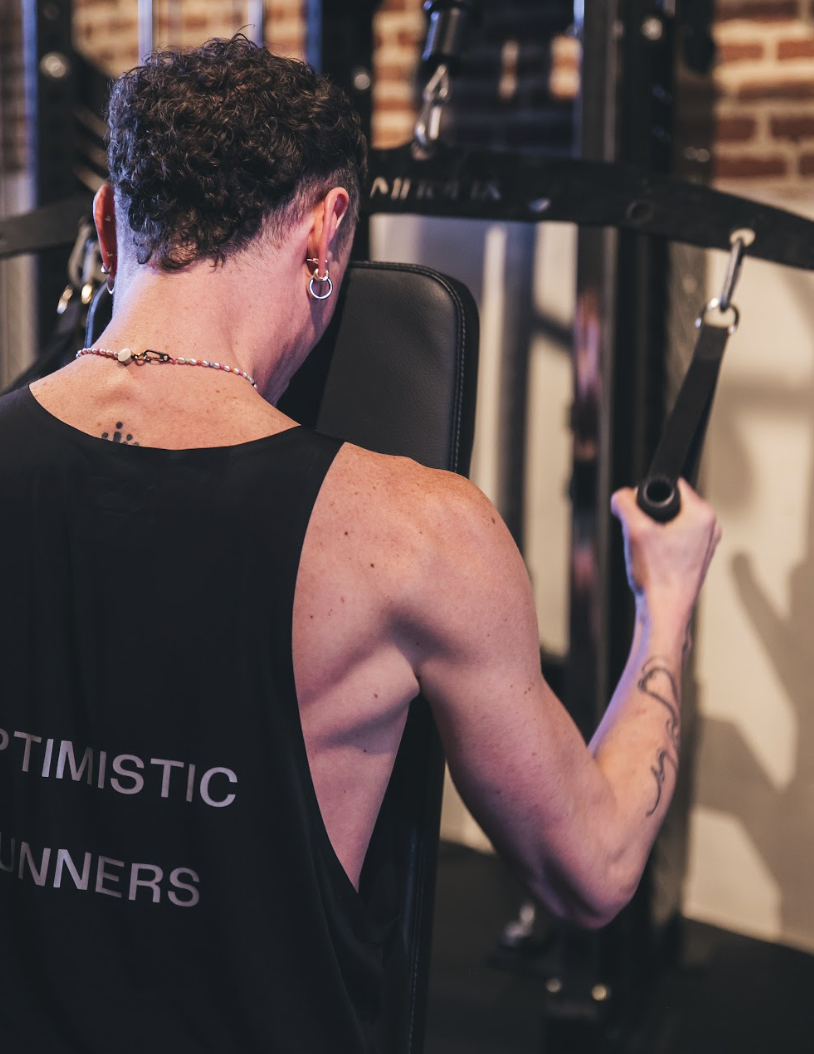Step 1: Diversify Your Progress Metrics
1.1. Energy Levels
- Track Your Daily Energy: Keep a journal to log your energy levels throughout the day. Improved nutrition and regular exercise should lead to increased and more consistent energy.
- Notice Changes: Reflect on how your energy levels have changed since you started your fitness journey. Feeling more energetic and less fatigued is a positive sign of progress.
1.2. Physical Performance
- Exercise Logs: Maintain a log of your workouts, noting improvements in strength, endurance, flexibility, and stamina. This could include lifting heavier weights, running longer distances, or achieving new personal records.
- Functional Fitness: Assess everyday activities. Are you finding it easier to climb stairs, carry groceries, or engage in physical play with your kids?
1.3. Body Composition
- Body Measurements: Use a tape measure to track changes in your waist, hips, thighs, arms, and chest. Reductions in measurements can indicate fat loss and muscle gain even if the scale doesn’t move.
- Body Fat Percentage: If possible, measure body fat percentage using tools like calipers, body fat scales, or professional assessments.

Step 2: Set Progress Goals Over Outcome Goals
2.1. Define Progress Goals
- Behavior-Focused Goals: Set goals that encourage the development of healthy habits. Examples include eating five servings of vegetables a day, drinking a set amount of water, or exercising for 30 minutes five times a week.
- Skill Development: Focus on improving specific skills or abilities, such as perfecting a yoga pose, learning a new sport, or improving your running form.
2.2. Track and Celebrate Small Wins
- Daily and Weekly Achievements: Acknowledge and celebrate small milestones, like completing a week of planned workouts, choosing a healthy snack over junk food, or improving your sleep quality.
- Visual Reminders: Use charts, apps, or journals to track your progress visually. Seeing your improvements can be motivating.
Step 3: Adopt a Holistic Approach to Health
3.1. Mental and Emotional Well-Being
- Mindfulness and Stress Management: Incorporate practices such as meditation, deep breathing, or yoga to manage stress and improve mental health.
- Self-Care: Ensure you are taking time for hobbies and activities that make you happy and relaxed.
3.2. Social Support
- Community and Accountability: Engage with a community or find a workout buddy to keep you motivated and accountable.
- Professional Guidance: Consider working with a personal trainer or nutritionist to tailor a plan that meets your needs and keeps you on track.

Step 4: Adjust Your Mindset
4.1. Patience and Persistence
- Long-Term Perspective: Understand that meaningful progress takes time. Sustainable health and fitness changes often happen gradually.
- Positive Reinforcement: Focus on what you’ve achieved rather than what’s left to accomplish. Celebrate your journey and the positive changes you’ve made.
4.2. Reflect and Reevaluate
- Regular Check-Ins: Periodically reassess your goals and progress. Adjust your plans as needed to stay aligned with your evolving health and fitness journey.
- Flexibility: Be open to changing your approach if something isn’t working. Flexibility in your routine can help you overcome plateaus and stay motivated.
Conclusion
Progress in health and fitness should be measured by more than just the scale. By focusing on energy levels, performance improvements, body composition, and behavior-based goals, you can achieve a more holistic and sustainable approach to wellness. Remember to celebrate small victories, stay patient, and maintain a positive mindset as you continue on your journey.


